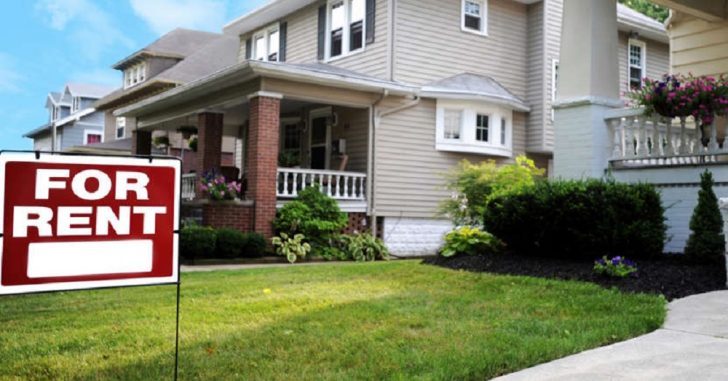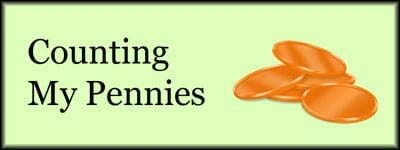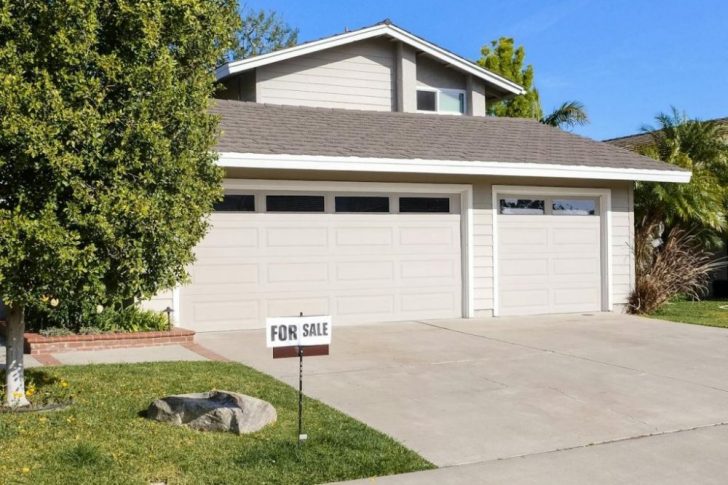Are you wondering how to buy an investment property with no money down? You're not alone. Many aspiring real estate investors face the challenge of limited cash flow. The good news is that your current financial situation might not be a barrier to entering the real estate market. Learning how to buy investment property with no money down can open up opportunities for building wealth through real estate, even with little to no initial investment.
Can You Buy a Rental Property With No Money Down?
Yes, buying a rental property with no money down is possible. This strategy involves acquiring real estate without committing significant personal funds to the initial costs. While traditional property purchases usually require a sizable upfront investment, knowing how to buy a rental property with no money down can streamline your investment approach. This method can also lead to a more favorable return on investment (ROI) by minimizing the use of personal funds.
How to Buy Investment Property with No Money Down: 11 Financing Options
Here are several alternative financing options that can help you purchase rental properties with little or no money down:
1. Leverage Your Home Equity
Another viable option is to use your home's equity to buy property without a down payment. Home equity refers to the difference between your home's market value and the amount you owe on it. You can tap into this equity through a home equity loan or a home equity line of credit (HELOC). These loans provide upfront funds or flexible access to a credit line, which can be used for down payments or purchasing investment properties outright.
2. Consider House Hacking
House hacking involves buying a multifamily home, living in one unit, and renting out the others. This approach can generate income that offsets your mortgage payments. Utilizing FHA or VA loans can make purchasing multi-unit properties more accessible. These loans often require minimal down payments, making house hacking an appealing strategy for novice investors.
3. Try the BRRRR Method
The BRRRR method (Buy, Renovate, Rent, Refinance, Repeat) is a traditional real estate strategy that initially requires some cash but provides returns later. This method involves buying a distressed property, renovating it, renting it out, refinancing it based on its improved value, and using the cash-out funds to purchase another property. This cycle can help build a substantial portfolio over time.
4. Purchase With a Co-Borrower
Partnering with someone with the capital but not the time or expertise can be a practical solution. By becoming co-borrowers, you can pool resources and share responsibilities and benefits, including rental income and equity growth. This arrangement can also include family members or business partners willing to invest in real estate.
6. Look Into Rent-to-Own Homes
A rent-to-own agreement allows you to rent a property with the option to buy it later. Part of your rental payments go towards the purchase price, making this a suitable option if you lack the funds for a traditional mortgage down payment.
6. Rent Out Your Primary Residence
Converting it into a rental property can be an effective strategy if you already own a home. You can benefit from lower interest rates on both properties by renting out your current home and financing the next home as your primary residence. Rental income can cover part or all of the mortgage payments, making this a practical entry point into real estate investment.

FinanceBuzz | MSN | Converting your primary residence into a rental property can be an effective strategy if you already own a home.
7. Assume an Existing Mortgage
Assuming a seller's existing mortgage can be an effective way to acquire property with little or no down payment. This involves taking over the seller's mortgage payments. However, this strategy requires thorough research and lender approval.
8. Watch for Seller Financing
In seller financing, the property owner handles the mortgage process instead of a financial institution. This arrangement can benefit both parties, as the seller moves the property quickly, and the buyer avoids traditional financing hurdles.
9. Try a Hard-Money Loan
Hard-money loans offered by private lenders are often used for purchasing fixer-uppers. These loans prioritize the property's value over the borrower's credit score and usually come with higher interest rates and shorter terms.
10. Consider a Gap Lender
Gap lenders finance the down payment in exchange for a partial ownership stake. This option offers immediate funding but comes with high interest rates and fees, so weighing the costs carefully is crucial.
11. Use a Credit Card
Using a credit card for small amounts needed to close a deal can be a short-term solution. However, high interest rates make this a risky option. A HELOC may be a more cost-effective strategy for covering renovation expenses.


